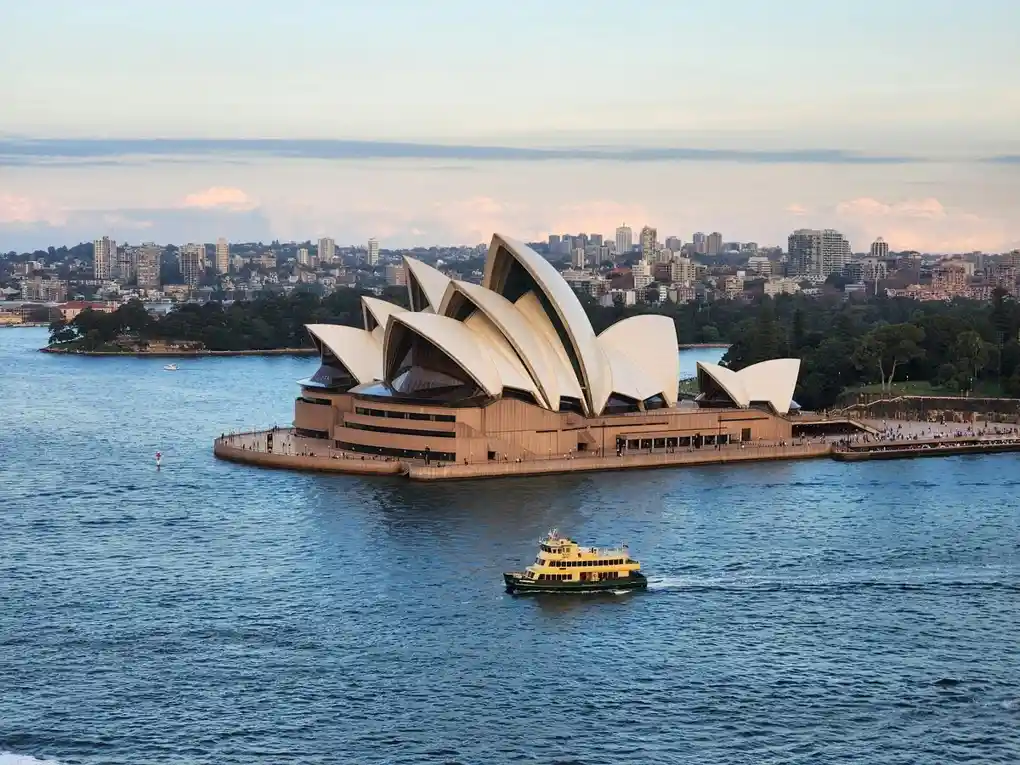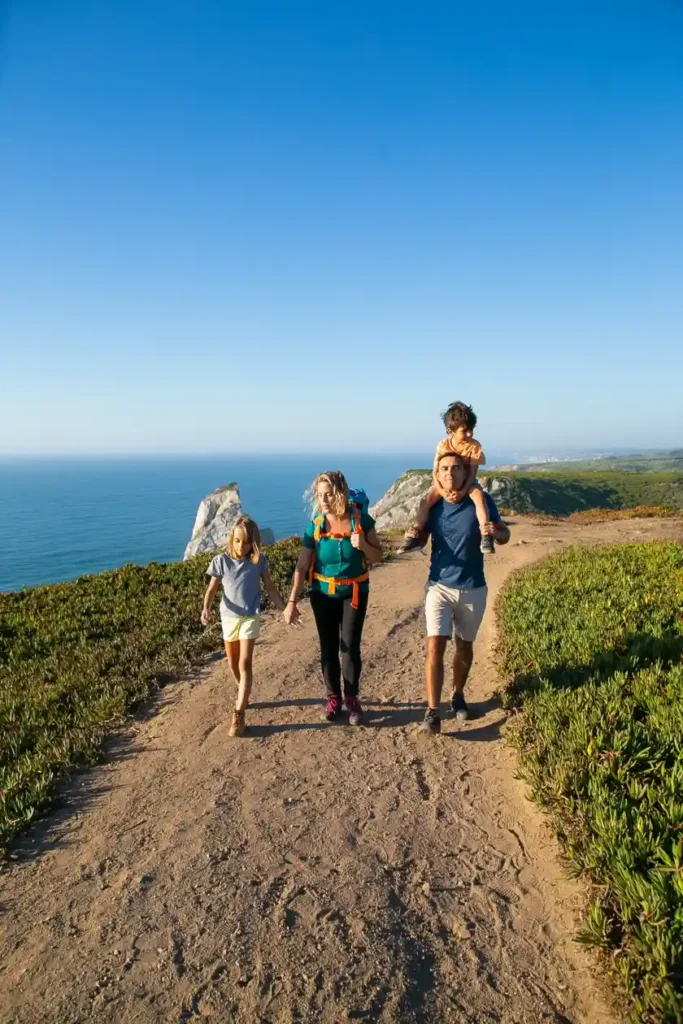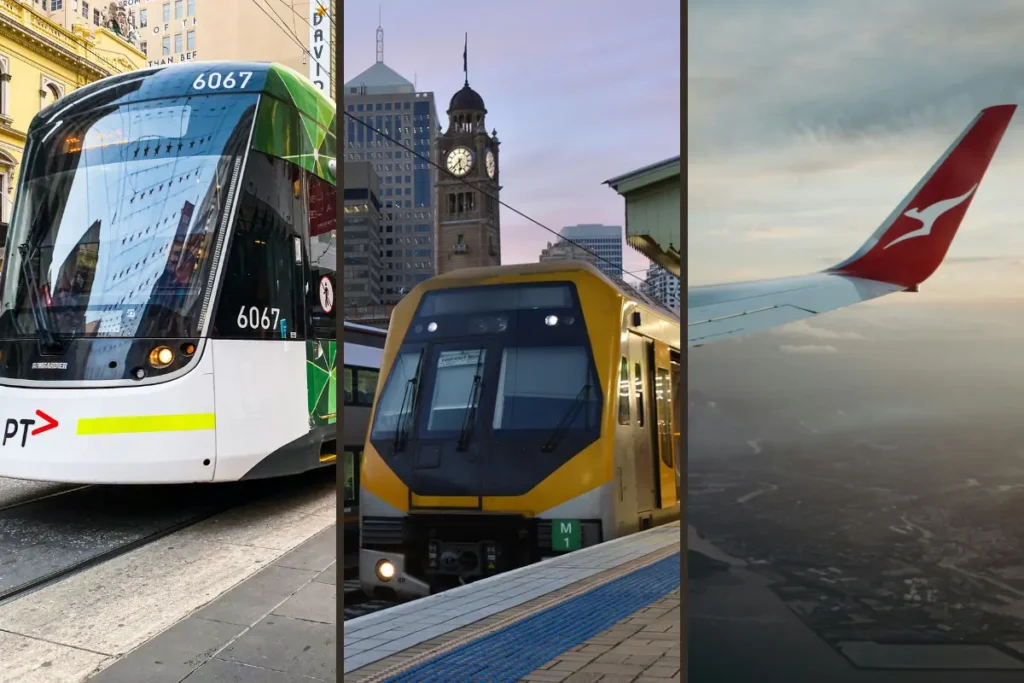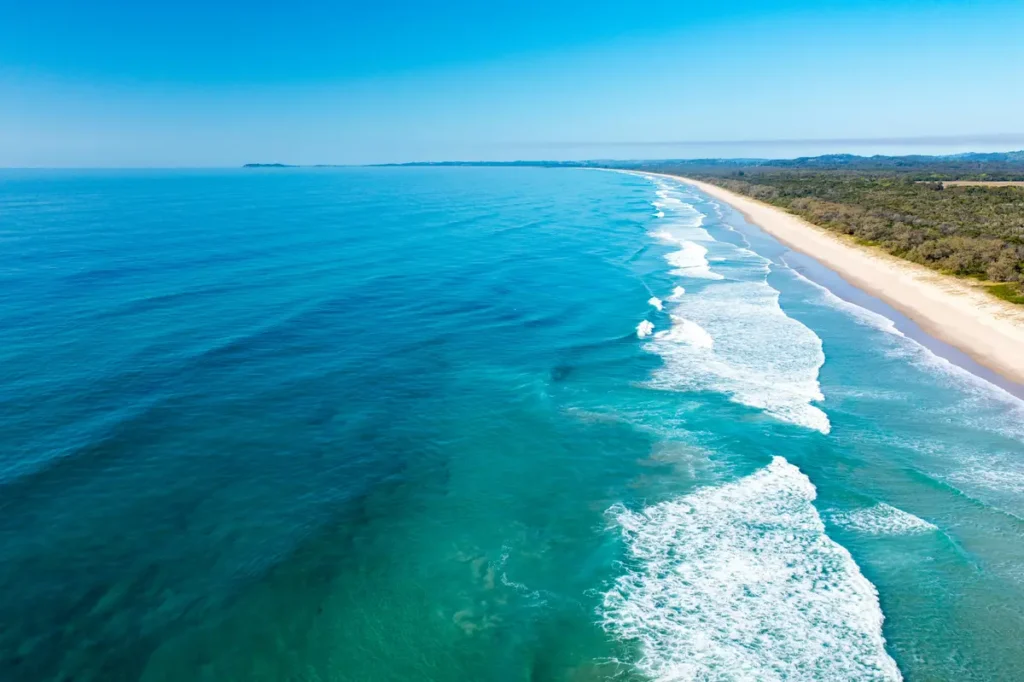Australia Trip Planner 2025 – Where to Go, What to Pack, & When to Travel

Planning a trip to the Land Down Under? You’re in for an unforgettable adventure! Whether you’re chasing waves in Byron Bay, diving the Great Barrier Reef, or sipping flat whites in Melbourne’s chic laneways, Australia offers a stunning mix of nature, culture, and laid-back lifestyle. But before you hop on that flight, there are a few key things you must know to make your journey seamless, safe, and spectacular.
In this ultimate guide, we’ll walk you through everything you need to know about traveling to Australia in 2025 — from visa tips and weather patterns to local etiquette, top cities, and hidden gems.
1. Why Visit Australia in 2025?
In 2025, Australia is alive with fresh energy, booming tourism, and a wave of exciting new experiences. National parks have reopened, cultural festivals are back in full swing, and eco-tourism is booming. Plus, the exchange rate often favors international travelers, making it an affordable time to explore.
Expect:
- Fewer crowds than pre-pandemic peak years
- A focus on sustainable travel experiences
- New hiking trails, luxury resorts, and Indigenous-led tours
2. Entry Requirements and Visa Tips
If you’re planning a trip to Australia, chances are you’ll need a tourist visa to enter. Here’s a quick breakdown:
- EU and UK passport holders can apply for the eVisitor Visa (Subclass 651) free of charge.
- ETA (Electronic Travel Authority, Subclass 601): Ideal for US, Canada, Japan, South Korea, etc.
- Visitor Visa (Subclass 600): If you don’t qualify for the above, or plan to stay longer.
📝 Top tip: Apply at least 2–4 weeks in advance via the official Australian government site. Avoid third-party services that charge extra.
To check your eligibility and apply for the right visa, visit the official Australian Government Visa Portal.
3. When Is the Best Time to Visit Australia?
Australia’s climate varies dramatically by region, but here’s a quick seasonal guide:
| Season | Months | Best Regions to Visit |
| Summer | December – February | Tasmania, Melbourne, coastal Queensland |
| Autumn | March through May | perfect for vineyard tours and outback adventures. |
| Winter | June – August | Tropical North (Cairns, Darwin), snow in NSW/Vic |
| Spring | September – November | Best weather for most regions, blooming flowers |
🌦️ Avoid cyclone season in northern Australia (Jan–March) and peak bushfire season (Dec–Feb in southern regions).
4. Australia’s Top Destinations You Can’t Miss
Here’s a roundup of must-visit cities and landmarks:

🐨 Sydney
- Opera House & Harbour Bridge
- Bondi to Coogee coastal walk
- Taronga Zoo & Manly Beach
🎨 Melbourne
- Street art alleys
- Great Ocean Road drive
- Queen Victoria Market
🐠 Cairns & Great Barrier Reef
- World’s largest coral reef system
- Snorkeling, scuba diving, and island-hopping
🏜️ Uluru & Outback
- Sacred Indigenous site
- Sunrise/sunset views over the red desert
🌴 Tasmania
- Pristine hiking trails in Freycinet
- Gourmet food and whisky tours
🏖️ Gold Coast & Byron Bay
- Surf culture, theme parks, and boho vibes
5. What to Pack for Your Trip
Packing depends on the region and season, but here’s a general checklist:
Essentials:
- Lightweight clothing + layers
- Sunscreen (Aussie sun is strong!)
- Insect repellent
- Adapter (Australia uses Type I plug)
- Reusable water bottle
Optional but handy:
- Swimsuit and beach towel
- Hiking shoes
- Waterproof jacket
- Travel insurance documents
💡Pro tip: Bring a wide-brim hat — it’s a must for both fashion and sun safety!
6. Australian Culture and Etiquette
Australians are friendly, casual, and egalitarian. That said, a few cultural norms to keep in mind:
- While not expected, leaving a 10% tip in restaurants is a kind gesture and always welcomed.
- Queues are respected — don’t cut in line.
- Don’t make jokes about dangerous wildlife. Aussies love their unique animals!
- Always follow Indigenous land rules and signage. Some places are sacred and off-limits.
7. Transport and Getting Around
Covering nearly the same area as the mainland U.S., Australia is truly massive— so getting around efficiently takes planning.

🚆 Domestic Flights
Affordable and time-saving. All major Australian cities are well-connected by domestic carriers including Jetstar, Qantas, and Virgin Australia.
🚗 Car Rentals
Perfect for road trips along the Great Ocean Road, Outback, or Tasmania. Drive on the left side.
🚊 Public Transport
Getting around in major cities such as Sydney and Melbourne is easy thanks to their reliable train, tram, and bus networks. Use an Opal Card in Sydney and a Myki Card in Melbourne for convenient public transport access.
🚍 Long-Distance Coaches
Greyhound buses are reliable for budget travelers hopping between cities.
8. Budget and Daily Costs
Australia isn’t exactly cheap, but you can travel smart. Here’s a rough daily budget:
| Type of Traveler | Budget (AUD/day) | Inclusions |
| Budget | $70 – $100 | Hostel, groceries, public transport |
| Mid-range | $150 – $250 | Hotel, dining out, domestic travel |
| Luxury | $300+ | 4–5 star stays, guided tours, fine dining |
💳 Use credit/debit cards with no foreign transaction fees. ATMs are everywhere, and cash is used less nowadays.
9. Safety and Emergency Info
- Australia ranks among the safest countries globally, but it’s still wise to keep these safety tips in mind:
- Swim between the flags at beaches — these are lifeguard-supervised zones.
- Watch for bluebottles (jellyfish) in summer.
- Don’t hike without checking weather and bushfire alerts.
- Emergency number: 000 (for police, ambulance, fire)
- Download the “Emergency+” app for quick help anywhere.
Note:
- 1. For quick access to emergency services, download the free Emergency+ App, which uses your GPS location to call the nearest help.
- 2. Before heading to the beach, check out BeachSafe by Surf Life Saving Australia for real-time beach conditions and safety alerts.
10. Must-Try Australian Foods
Foodies, rejoice! From Asian spices to European classics, Australian cuisine is a rich fusion of global tastes. Don’t leave without trying:
- Vegemite on toast (love it or hate it!)
- Tim Tams and Lamingtons (iconic sweets)
- Pavlova (meringue dessert)
- Barramundi and kangaroo meat (for the adventurous)
- Flat white – Australian-style coffee that rivals Italy
And yes, avocado toast is practically a religion here.
11. Sustainable and Respectful Travel
Australia’s biodiversity is precious — so travel consciously.
🌱 Support eco-lodges and wildlife sanctuaries
🤝 Choose Indigenous-led tours to learn authentic stories
🚯 Leave no trace — respect trails, reefs, and animals
Responsible travel is encouraged — check out Australian sustainable tourism practices to plan a more eco-friendly trip.
12. Sample 2-Week Itinerary (Customizable)
Day 1–3: Sydney
Day 4–6: Cairns + Reef
Day 7–9: Melbourne + Great Ocean Road
Day 10–12: Uluru & Outback
Day 13–14: Byron Bay or Gold Coast
Add Tasmania if you’re staying longer!
Conclusion: Ready to Roam the Land Down Under?
Australia isn’t just a destination — it’s a whole world of experiences packed into one sunburnt continent. From bustling cities to silent deserts, coral reefs to alpine snowfields, you’ll discover something wild, beautiful, and uniquely Aussie at every turn.
Now that you’ve got all the essentials, all that’s left is to pack your bags and say, “Let’s go, mate!”
If you’re planning to explore the Harbour City, don’t miss our Sydney Travel Guide: 13 Best Things to Do for First-Time Visitors.
Frequently Asked Questions
1. Do I need a visa to travel to Australia in 2025?
Yes, most international travelers need a visa to visit Australia. Options include the eVisitor visa for EU and UK citizens, the ETA for travelers from the U.S., Canada, and more, and the Visitor visa for longer stays or other nationalities.
2. What’s the best time to visit Australia in 2025?
The ideal time to explore Australia varies by region, but generally, spring (September to November) and autumn (March to May) provide comfortable weather and smaller tourist crowds.
3. Is Australia safe for tourists in 2025?
Yes, Australia remains a very safe country to visit in 2025. Simply follow local advice, stay within designated swimming zones at beaches, and exercise caution when traveling in remote regions.
4. What should I pack for my Australia trip in 2025?
Pack lightweight clothing, a wide-brim hat, sunscreen, bug repellent, and a universal power adapter. If you’re heading to colder regions or the Outback, include layers and sturdy footwear.
5. How do I get around in Australia as a tourist?
Australia has excellent domestic travel options. Use Jetstar or Qantas for flights, rent a car for road trips, or rely on public transport cards like Opal (Sydney) and Myki (Melbourne) in cities.


